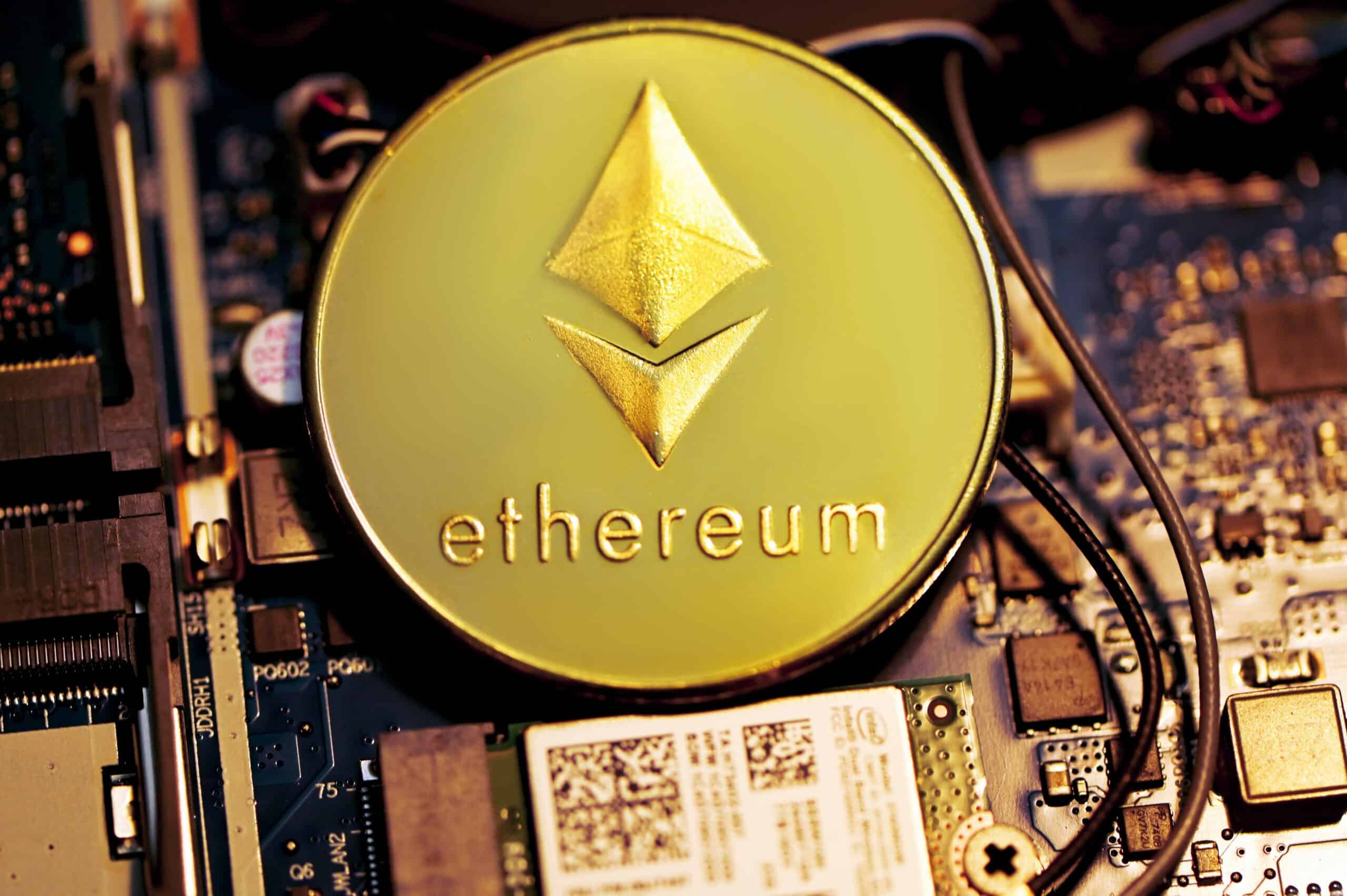Blockchain data tracker Whale Alert flagged a transaction on Monday from a pre-mine address that had been inactive for close to a decade. The wallet in question held 61,216 ETH worth around $116 million at the time of the transfer.
💤 💤 💤 💤 💤 💤 💤 💤 💤 💤 A dormant pre-mine address containing 61,216 #ETH (116,396,127 USD) has just been activated after 8.0 years!https://t.co/f79T0fYa7b
— Whale Alert (@whale_alert) July 18, 2023
The wallet first made a small transfer of 0.05 ETH to crypto exchange Kraken, which was likely a test transaction before sending a larger amount. Shortly after, the user transferred the wallet’s entire balance to the exchange, prompting some market participants to speculate that millions of dollars’ worth of sell pressure was due to hit the market for ETH.
Pre-mined ETH was issued as a reward to Ethereum’s early supporters, including those who funded the project during its Initial Coin Offering (ICO). The network started off with a supply of 72 million ETH, of which 83% was distributed to those who purchased the cryptocurrency in a crowd sale conducted in July and August 2014.
The crowd sale participants sent a total of 31,000 BTC to a designated Bitcoin address in exchange for an Ethereum wallet address to which the ETH they purchased would be distributed to after the network’s official launch.
According to blockchain data analysed by CoinDesk, 6,600 transactions were sent to the Bitcoin address, although the consensus among industry watchers is that the true number of crowd sale participants is far smaller, with big players likely splitting their purchases into multiple wallets. The average purchase price of ETH amounted to $0.30 per coin for those that took part.
While most early buyers sold off their coins as the price of ETH rose significantly over the years, the remaining pre-mine addresses were thought to be staunch supporters of the cryptocurrency or those that lost their private keys and could no longer access their wallets.
If the wallet’s owner does intend to sell, he or she will be cashing out on what is likely one of the largest returns on an initial investment in history.



